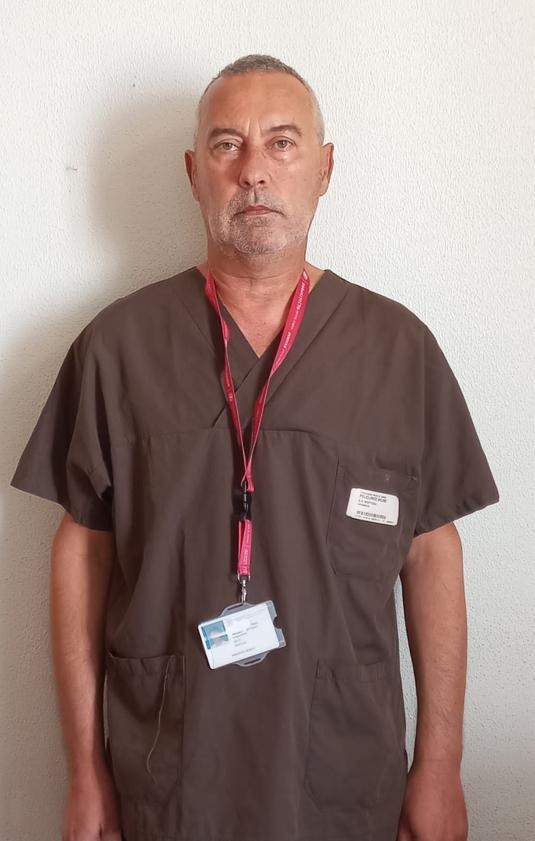Preclinical Research
Preclinical Research (PR) is a facility, attached to the Scientific Directorate, in which translational preclinical research activities can be carried out. The facility was authorized by the Ministry of Health by Decree No. 10/2017-UT on 09/05/2017. In compliance with Articles 25 and 26 of Legislative Decree 26/2014, PR has established the OPBA, a body to control and support scientific activity in adherence to the 3Rs principle and current legislation (Legislative Decree 26/2014 and Directive 2010/63/EU).
The PR Service Charter provides for:
Coordination, development and alignment of preclinical research activities of the Foundation's Research Groups.
Maintenance, management and monitoring of wellness.
Supervision and oversight regarding the implementation by all Research Groups of the Foundation of compliance with protection and welfare regulations.
Scientific and technical support in drafting research protocols; review of protocols prior to submission to OPBA.
Assistance in performing experimental procedures: 1) surgical and anesthesiological procedures; 2) pharmacological treatments; 3) in vivo imaging; 4) processing biological samples for bio-molecular analysis.
Training and theoretical-practical training of researchers on various technical-experimental activities in accordance with the Ministerial Decree of August 5, 2021 and the Directorial Decree of March 18, 2022.
Management of administrative and management activities related to the operation of the OPBA. Care and maintenance of documentation pertaining to research projects (Ministerial Authorization, Supplements and Retrospective Evaluations).
Care of the documentation pertaining to the management of the Plant and the use of the facility and equipment to be presented during planned and unplanned inspection visits of the Ministry of Health and the Competent Authority (Art. 30, Legislative Decree 26/2014).
Annual reporting to the European Union of the experimental procedures performed.
- Preclinical Optical Imaging 2D system (fluorescence, bioluminescence and Cerengov) in vivo-ex vivo.
- Computerized Axial Tomograph 32 axial planes.
- 3 state-of-the-art operating microscopes.




